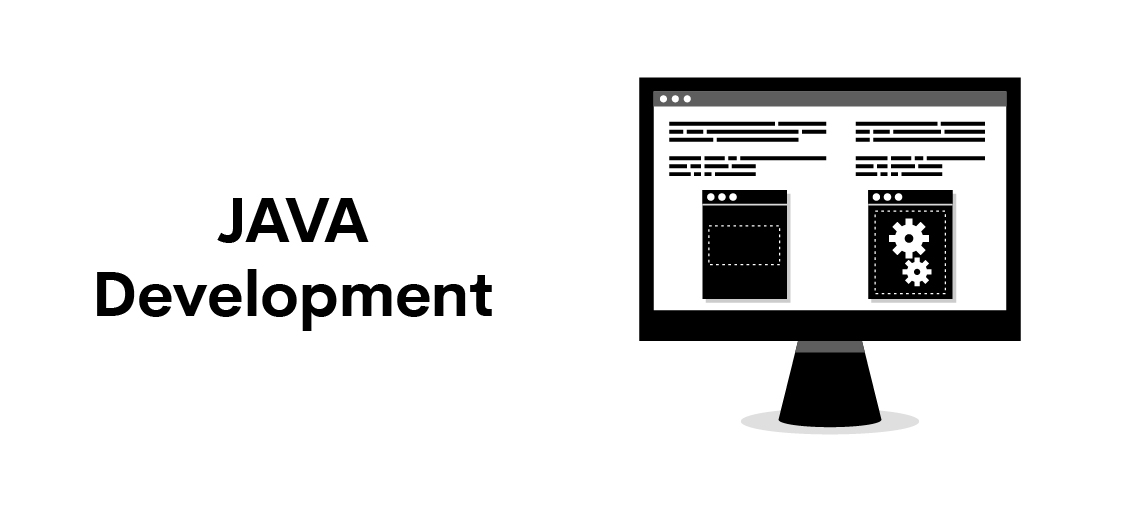

All three keep the local host's time synchronized with an NTP time server. The original NTP implementation is ntpd, and it has been joined by two newer ones, chronyd and systemd-timesyncd. In the case of my home network, that is a stratum 3 server. Then they configure the remaining hosts in the network to use the local time server. Many organizations and users (including me) with large numbers of hosts that need an NTP server choose to set up their own time servers, so only one local host accesses the stratum 2 or 3 time servers. To prevent time requests from time servers or clients lower in the hierarchy (i.e., with a higher stratum number) from overwhelming the primary reference servers, several thousand public NTP stratum 2 servers are open and available for all to use.
Java 3d clock not working free#
Java 3d clock not working series#
Following the trail of email through a series of servers or determining the exact sequence of events by using log files on geographically dispersed hosts can be much easier when the computers in question keep exact times.

We used to process more than 20 million emails per day.

For one example, I once worked in DevOps (it was not called that at the time) for the State of North Carolina email system. The correct time is also important for logging, so it is a bit easier to locate specific log entries based on the time. The correct time also ensures SystemV cron jobs and systemd timers trigger at the correct time. I want the clock on my computer desktop to be correct, so I can count on my local calendar application to pop up reminders at the correct time.

Our phones, tablets, cars, GPS systems, and computers all require precise time and date settings. For example, in banking, stock markets, and other financial businesses, transactions must be maintained in the proper order, and exact time sequences are critical for that. There are many reasons our devices and computers need the exact time. My Fitbit syncs up to my phone, which is synced to a Network Time Protocol (NTP) server, which is ultimately synced to the atomic clock. The time signals are synced to the atomic clock, also located in Fort Collins. My watch is solar-powered and obtains the exact time from the National Institute of Standards and Technology (NIST) in Fort Collins, Colorado, via the WWVB time signal radio station located there. We get up in time to perform our morning rituals and commute to work (a short trip for many of us these days), take a break for lunch, meet a project deadline, celebrate birthdays and holidays, catch a plane, and so much more.


 0 kommentar(er)
0 kommentar(er)
